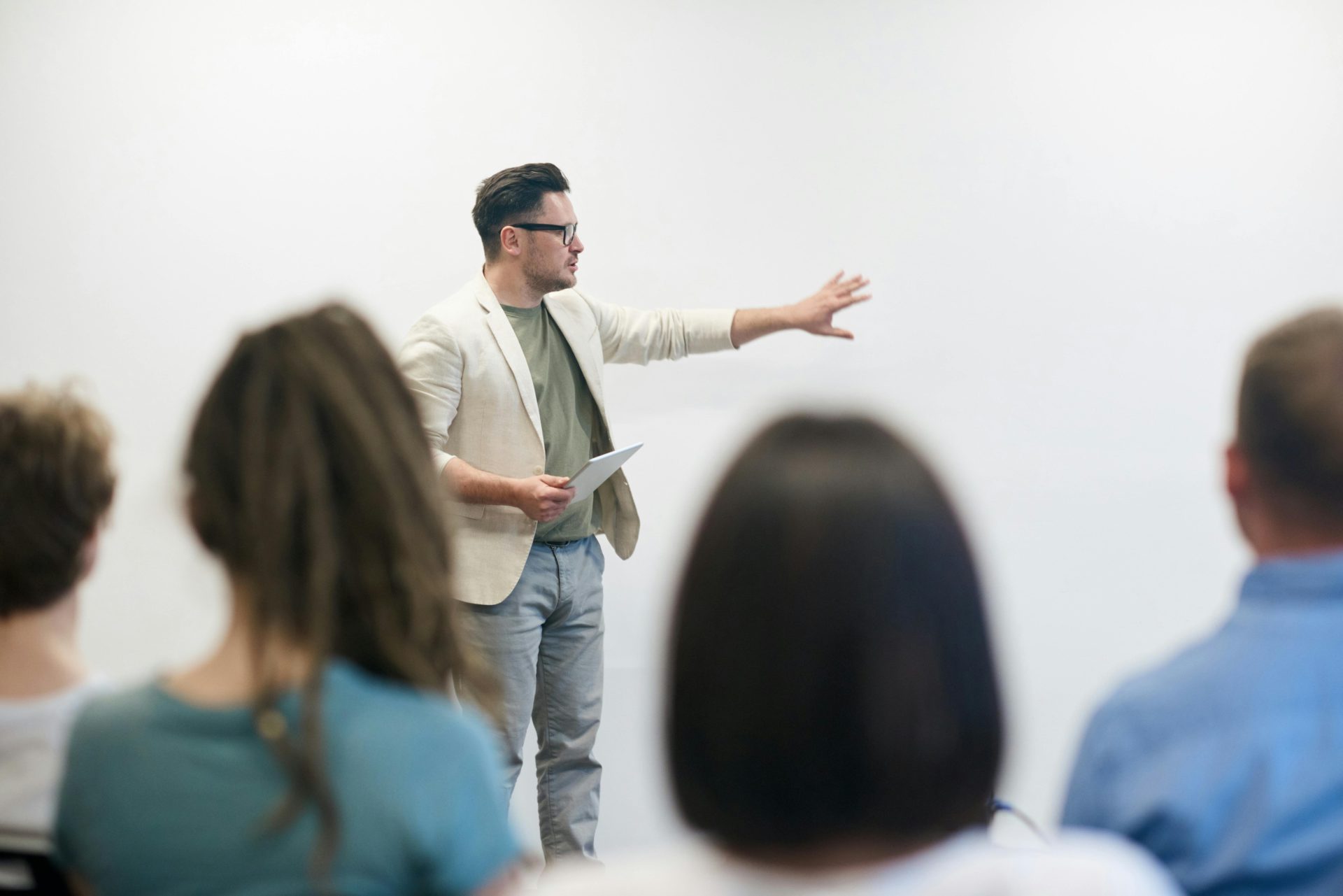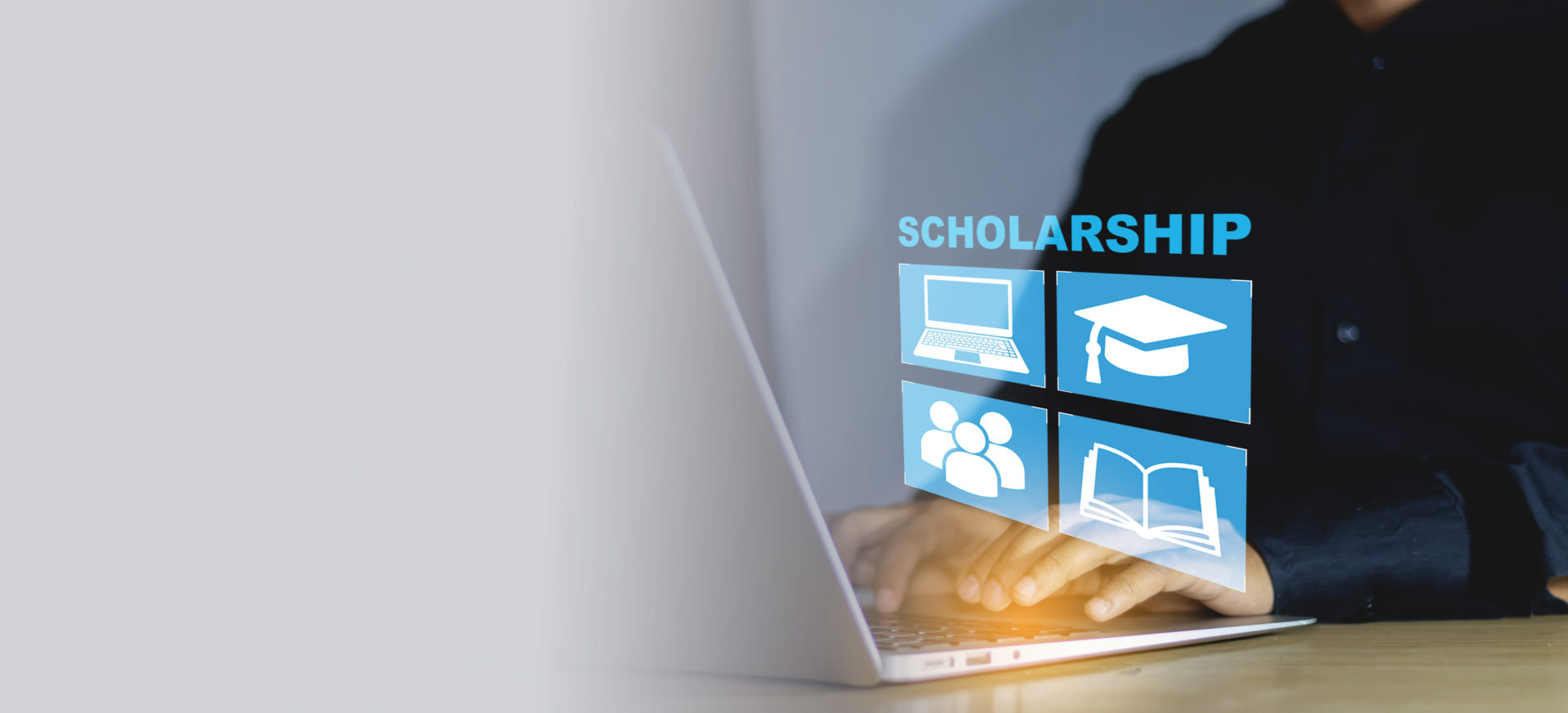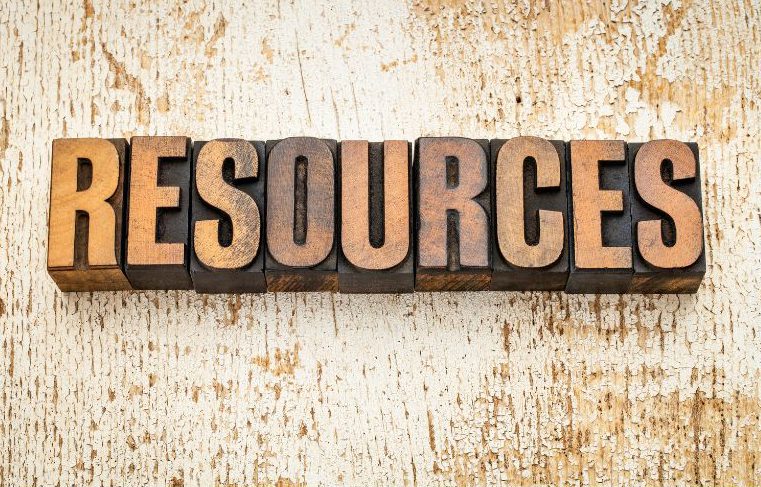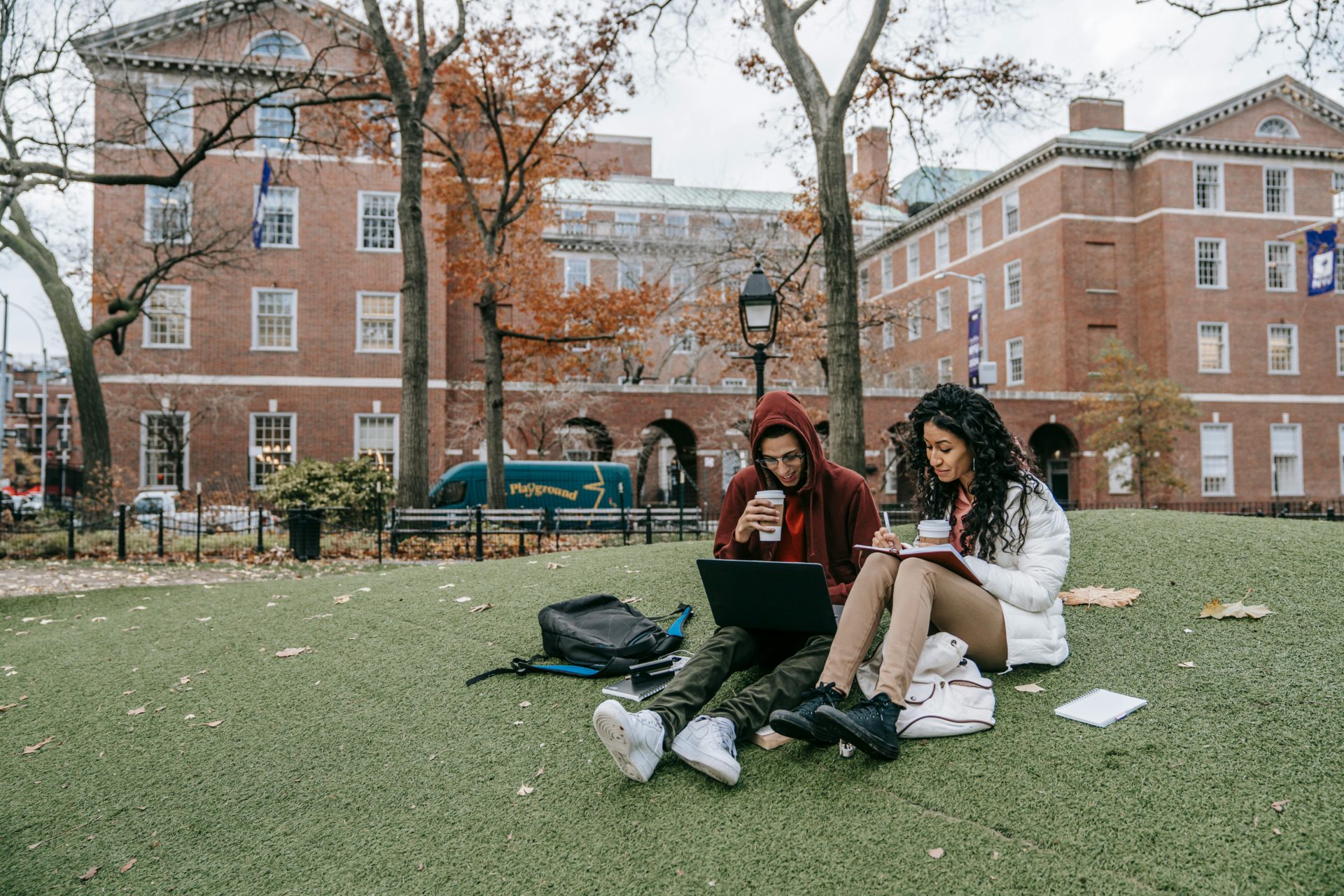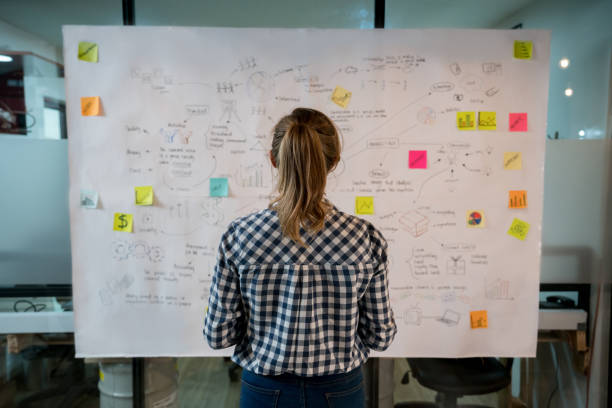
Parents, Tweens & Teens Should See Inside Out 2
Posted by
Temperatures this summer have been historically high across the U.S., and few indoor activities are as good as heading to the movies for some buttered popcorn, favorite candy, and an ice-cold drink. Figuring out what to see can sometimes be difficult, but this summer, it couldn’t be clearer: Inside Out 2 is the perfect teen movie this summer, and you should absolutely make the trip to your favorite theater to see it.
The highly-anticipated sequel to Pixar's Inside Out premiered earlier this summer, and it’s the perfect afternoon activity to bring your teen for a too-hot and humid — or rainy — day, whether you catch it on the big screen or stream it at home starting on August 20.
The deets
Five core emotions live in the Inside Out universe: Joy, Sadness, Anger, Fear, and Disgust. The original film shows us how these emotions have to work together and that Sadness is not only okay — but necessary — to feel. The sequel introduces us to new emotions who must learn to blend with the original five (and the OG five must learn to live with these new ‘interlopers’).
Inside Out 2’s main character, Riley, has just turned 13, and puberty is in full swing. The filmmakers, including director Kelsey Mann, talked to licensed therapists and experts in the teenage mind to accurately depict puberty’s impact on the brain and used that insight to portray the events occurring in Riley’s brain.
The movie’s new emotions, Envy, Embarrassment, Ennui, and Anxiety (and hints of Nostalgia), take over the control room in the same way that the brain is changed when puberty hormones “take over.” There’s quite literally a wrecking ball that comes in and changes everything, and in Riley’s (and many other tween’s) case, right when everything seems to be going well.
We also see how Riley experiences and navigates life. Those little spheres that become the color of the emotion at hand create Riley’s sense of self, which is based on what her parents or friends say about her. We hear her inner thoughts, like, “I am kind,” or “I’m a good friend.”
Mann said in an interview prior to the movie’s release that he, among other film creators, thought that with all these different beliefs and thoughts, it “Could be really cool how [the beliefs] could all come together and kind of form, in essence, our identity and who she is, and then that helps guide her decisions based off of what she believes about herself and the world around her.”
Riley’s sense of self is disrupted as the plot thickens and the new emotions move into her brain. The opening scenes show her packing for a weekend hockey clinic with the high school team for a chance to impress the coach and try out for the high school team before even starting to high school.
<<Spoilers ahead>>
The first sign of potential trouble emerges on the car ride to the clinic when Riley learns that her two best friends and fellow teammates won’t be attending the same high school. Enter a new emotion, Anxiety, who begins to influence Riley’s reaction to this news as well as how she should act at hockey camp. Anxiety also factors into Riley’s interactions with the older girls and coach she hopes to impress to achieve the future she wants so badly — playing on the same team as her idol.
Eventually, Anxiety takes control of the operation and even sends the five core emotions to the back of the mind — that place where we all banish stuff we don’t want to think about.
Riley — like many teens her age — becomes consumed by anxiety, and Pixar hits the ball out of the park with an incredibly accurate depiction of a panic attack. She’s trying so hard to be the best, to make the team, to impress the upperclassmen that when she’s called for a penalty and has to sit in the box for two minutes, she is unable to regulate and goes into emotional overload.
Tunnel-visioned Anxiety begins zooming faster and faster around the giant control panel.
We see how Anxiety just wants to help Riley and protect her from potential challenges she’ll face in high school, but the film also reminds us how detrimental anxiety can be without restraint. The film personifies Anxiety as a motivator and planner — and something that we can’t develop or grow without.
Riley's not alone
About a third of adolescents experience some kind of anxiety disorder, and Inside Out 2 provides a perfect example of how anxiety can ride roughshod over all other emotions but that it’s also powerful and helpful in some scenarios. (To see how the writers teach this important lesson, you’ll have to watch the movie).
Inside Out 2 gives Envy, Embarrassment, Ennui — and especially Anxiety, which is one of the predominant emotions teens experience during puberty — tangible forms within the vibrant landscape of Riley’s brain.
By exploring themes like self-discovery, personality, and the complexities of emotions, Inside Out 2 will resonate with teens and adults. Teens will find their experiences mirrored and relate to the movie’s protagonist. The film may transport parents back to their own awkward teenage years and resurface memories of successful (and unsuccessful) attempts to navigate those new feelings. The movie even explores the familiar act of "bottling things up," with the film's research evident in its nuanced portrayal of emotions.
Inside Out 2 is a must-see for all parents and their tweens and teens this summer. Just like the Toy Story movies celebrated the importance of loyalty, friendship, community, and teamwork, Pixar once again reminds us of the challenges teens face as their brains transform from “kid brain” to “adult brain,” reinforcing the message that all emotions — yes, even Anxiety — are valid and serve a purpose.
Blog Categories
- Career Advice
- College Admissions
- Colleges & Universities
- Financial Aid and Scholarships
- For Counselors
- For Parents
- For Students
- Gap Years
- Mental Health and Wellness
- Online Learning
- Performing and Visual Arts
- STEM Majors and More
- Summer Programs
- Teen Volunteering
- Trade & Vocational Schools
- Tutoring & Test Prep

Organization with listings on TeenLife? Login here
Register for Free
We’re here to help you find your best-fit teen-centered academic and enrichment opportunities.
Forgot Password
"*" indicates required fields




